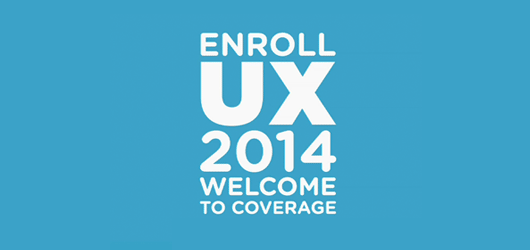
It’s that time of year that I loathe – open enrollment for health insurance. Each year no matter how much research I do, or how many questions I ask, I feel like I have no idea what I’m selecting and that inevitably, something is being done wrong.
Having grown up in Canada, the notion of applying for health insurance, selecting from a myriad of plans, and trying to guess how much money I should set aside for health care expenses is just something I never had to deal with. And although I’ve been living in the USA for about 12 years, I still feel like I have no idea what I’m doing.
This all got me thinking, I wonder how many people either abandon pursuing insurance, or have the wrong insurance due to the complexity and friction of the entire process. Case in point, a friend of mine tweeted that he recently discovered his wife’s plan was costing an extra $15,000 per year out of pocket. He’s a smart and educated guy, so I’m sure he was quite meticulous when they were selecting the plan – the problem is, it’s just so darn complicated.
With the recent upholding of the Affordable Care Act, it means that millions of Americans will now have to go through the process of enrolling, comparing, and purchasing health insurance. But, according to the California HealthCare Foundation, “experts say the current system will buckle under the load if the enrollment process is not brought into the 21st century.” So, the California HealthCare Foundation decided to lead of coalition to simplify and modernize the enrollment for public and private health insurance.
The foundation enlisted the help of IDEO to design a new system, and the result of the year long project is Enroll UX 2014, which provides a customizable blueprint for states and the federal government to create an end to end enrollment process.
The entire enrollment process hasn’t changed much in decades. It’s mostly paper based, which means it’s expensive to process as states need to have people to accept and process all that paperwork. As well, having the process be paper based makes it highly error prone, and there’s no opportunity to offer custom experiences to people because every has the same generic paper forms. The goal was really to simplify, modernize, and personalize the experience.
This is a great video summary of the project:
Mark D. Smith, MD, MBA, president and CEO of California HealthCare Foundation noted, “To make something complicated, you don’t have to understand it well. To make something simple, you have to understand it really well.” This was a key reason in selecting IDEO, because they truly value the phase of understanding the problem and the people. Smith went on to note that, “We live in a digital society. Access to health coverage should be as straightforward as other transactions people are accustomed to, whether it’s online banking or travel arrangements …” Emulating these existing experiences that people are accustomed is key for adoption in my opinion. If people feel like an experience is familiar, they’re more likely to trust, engage, and complete it.
The entire process has been documented on the Enroll UX 2014, website and is a great resource for anyone who wants to learn more about the value of user experience and see design thinking in action.
And, if you’re curious about all this you can read more from these resources:
How The Designer Of Apple’s Mouse Is Helping 32 Million Americans Sign Up For Health Care (Popular Science Magazine)
Press Release, Unveiling Enroll 2014 UX Design: Welcome To Coverage(California HealthCare Foundation)